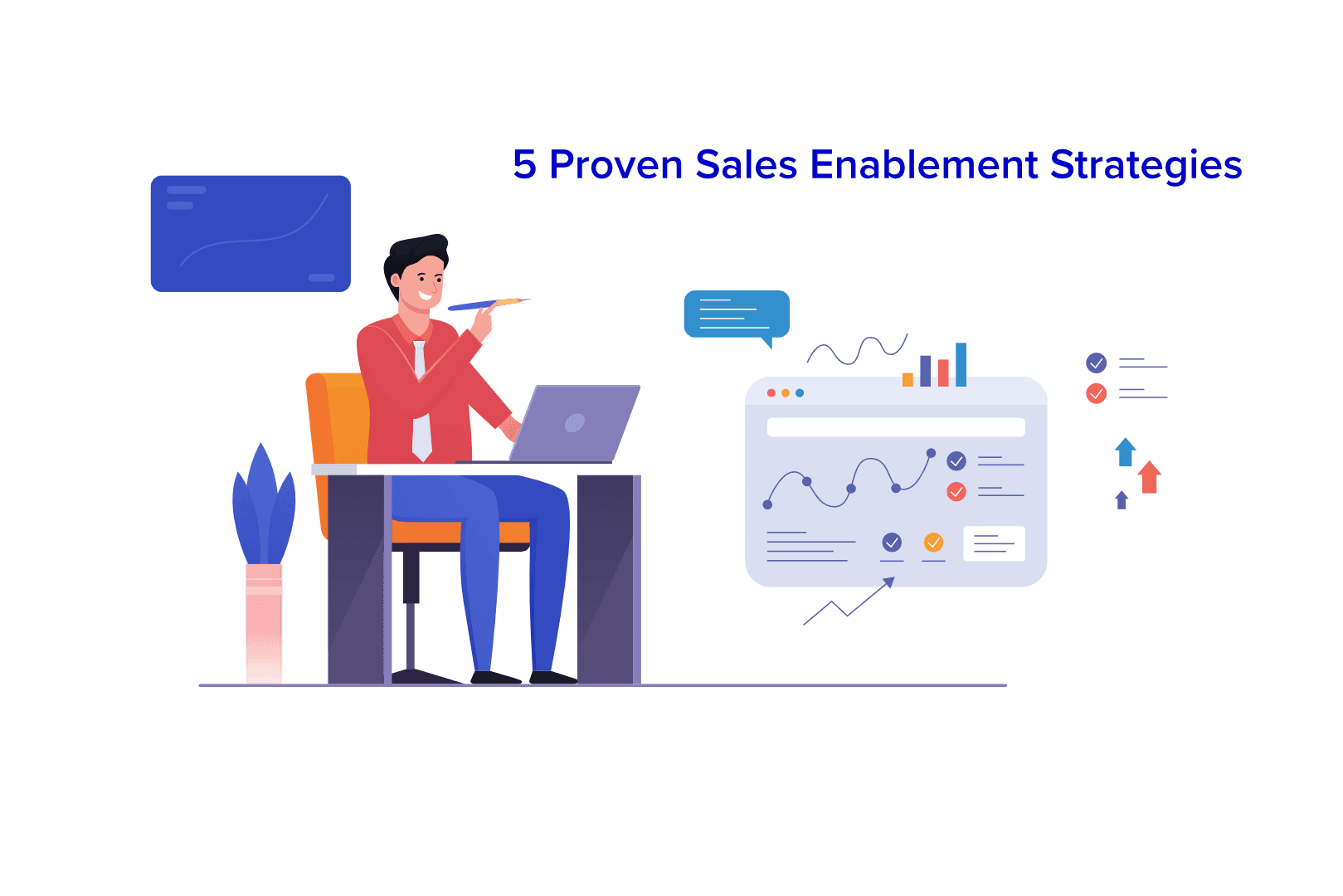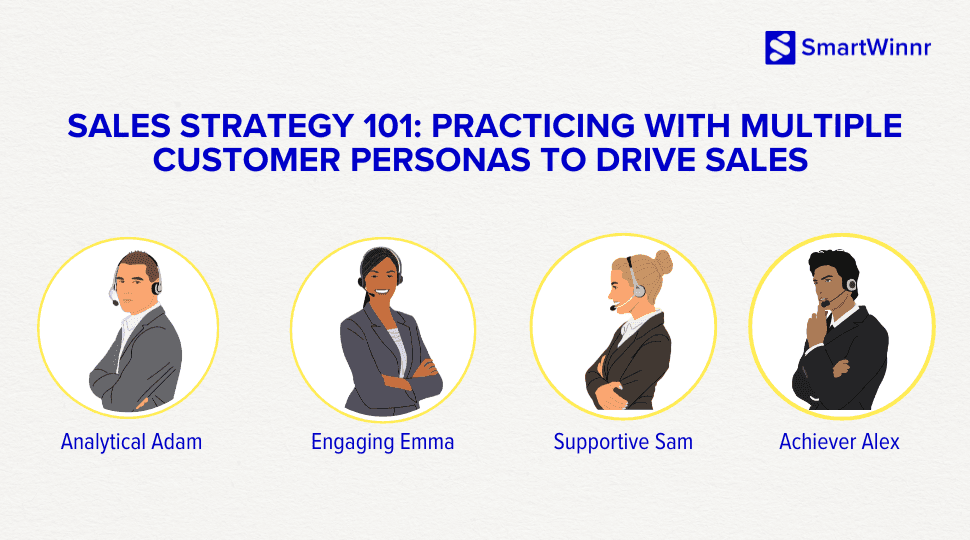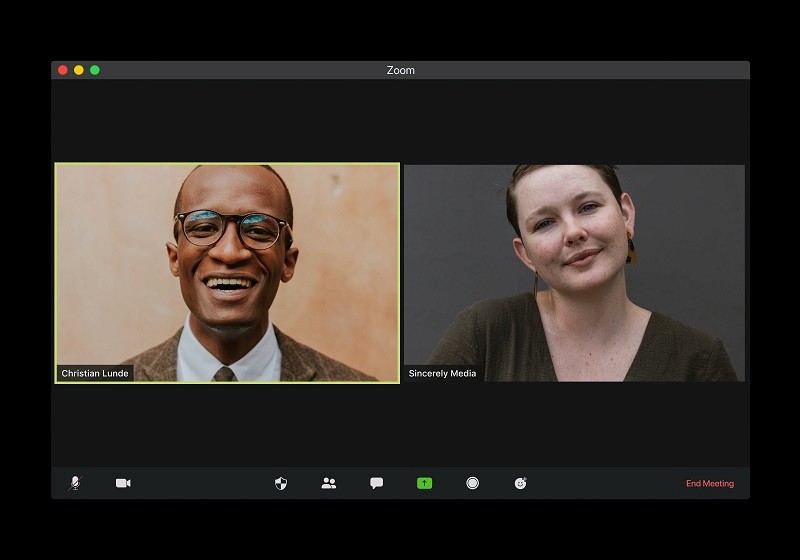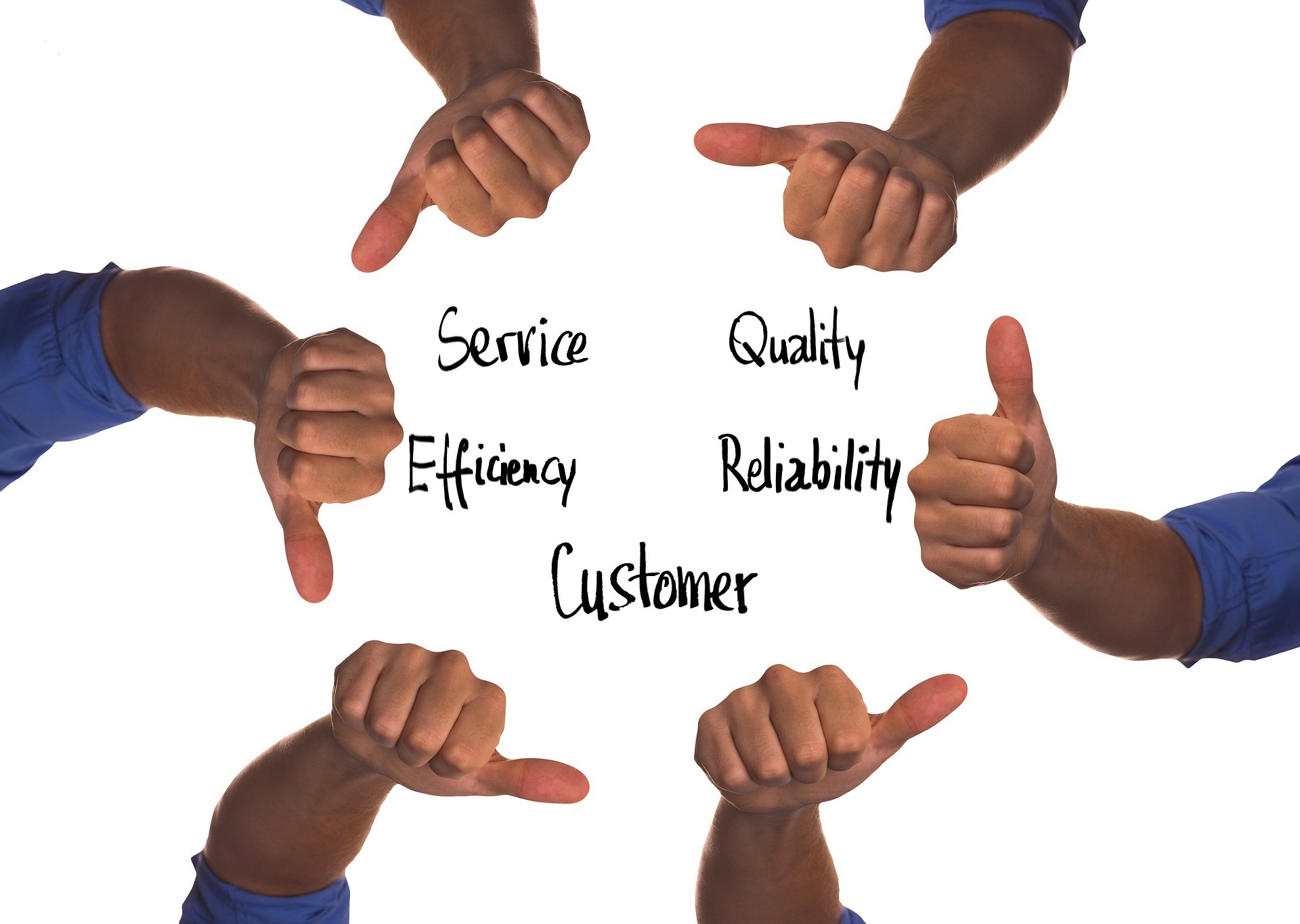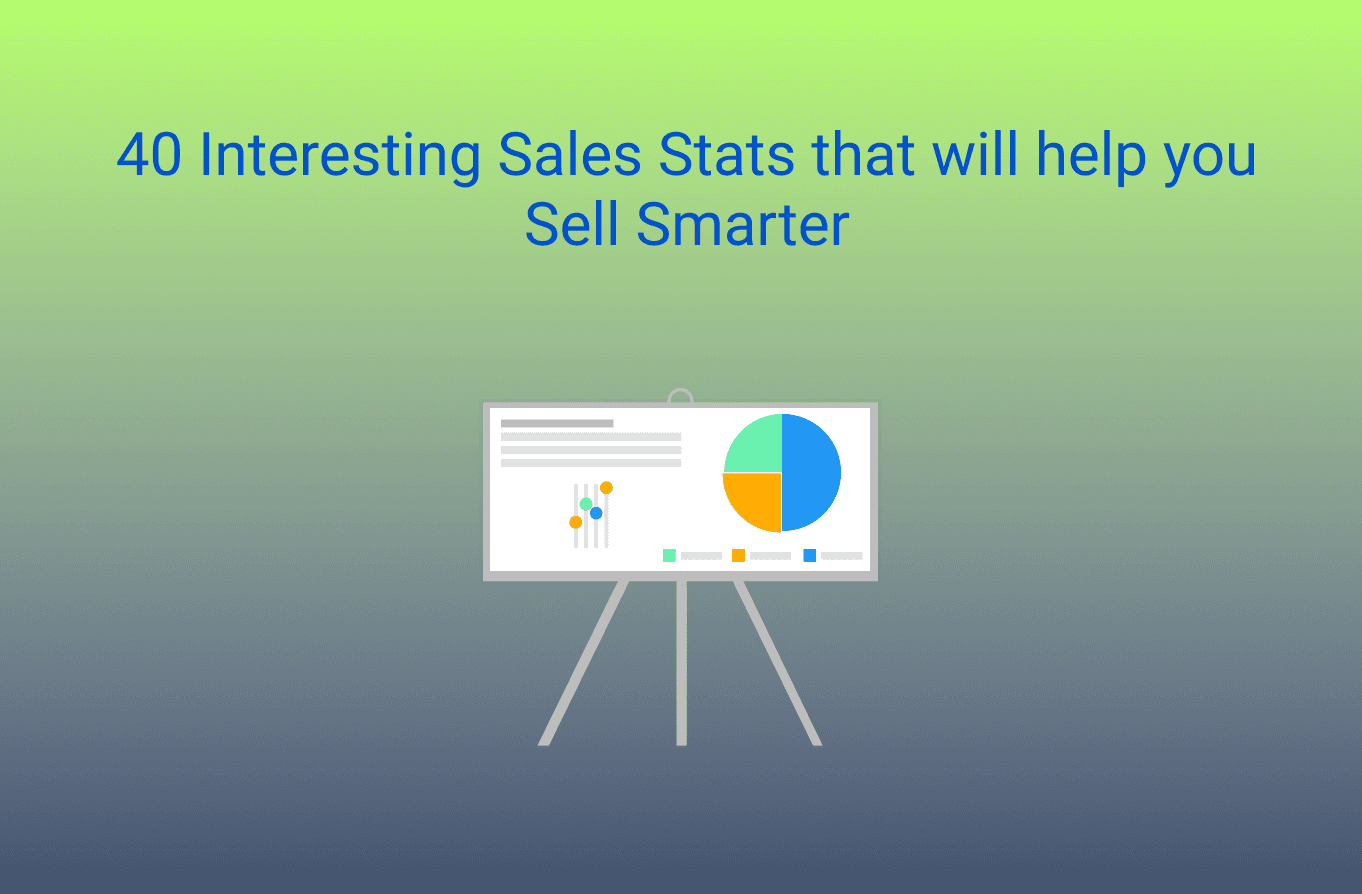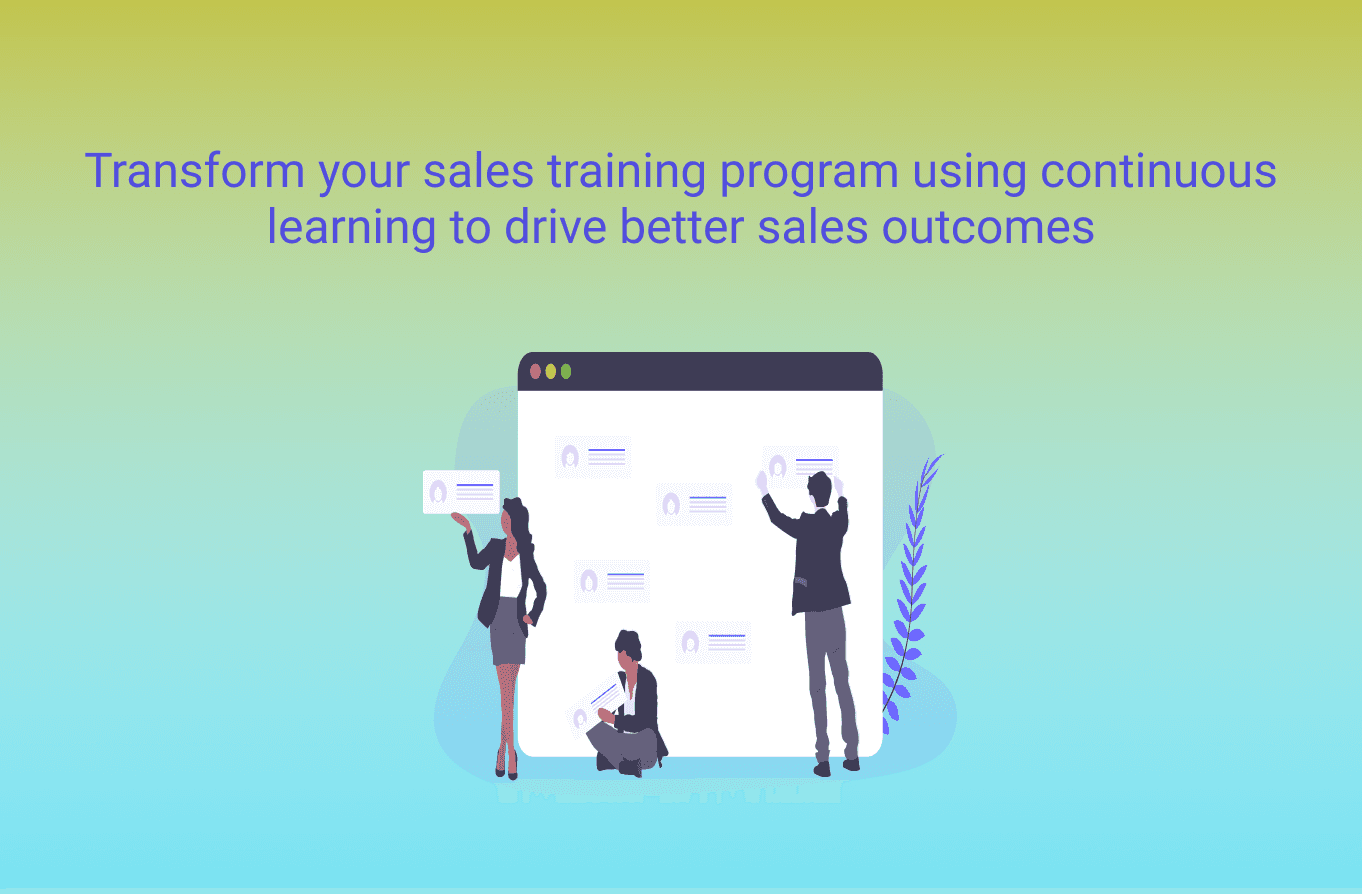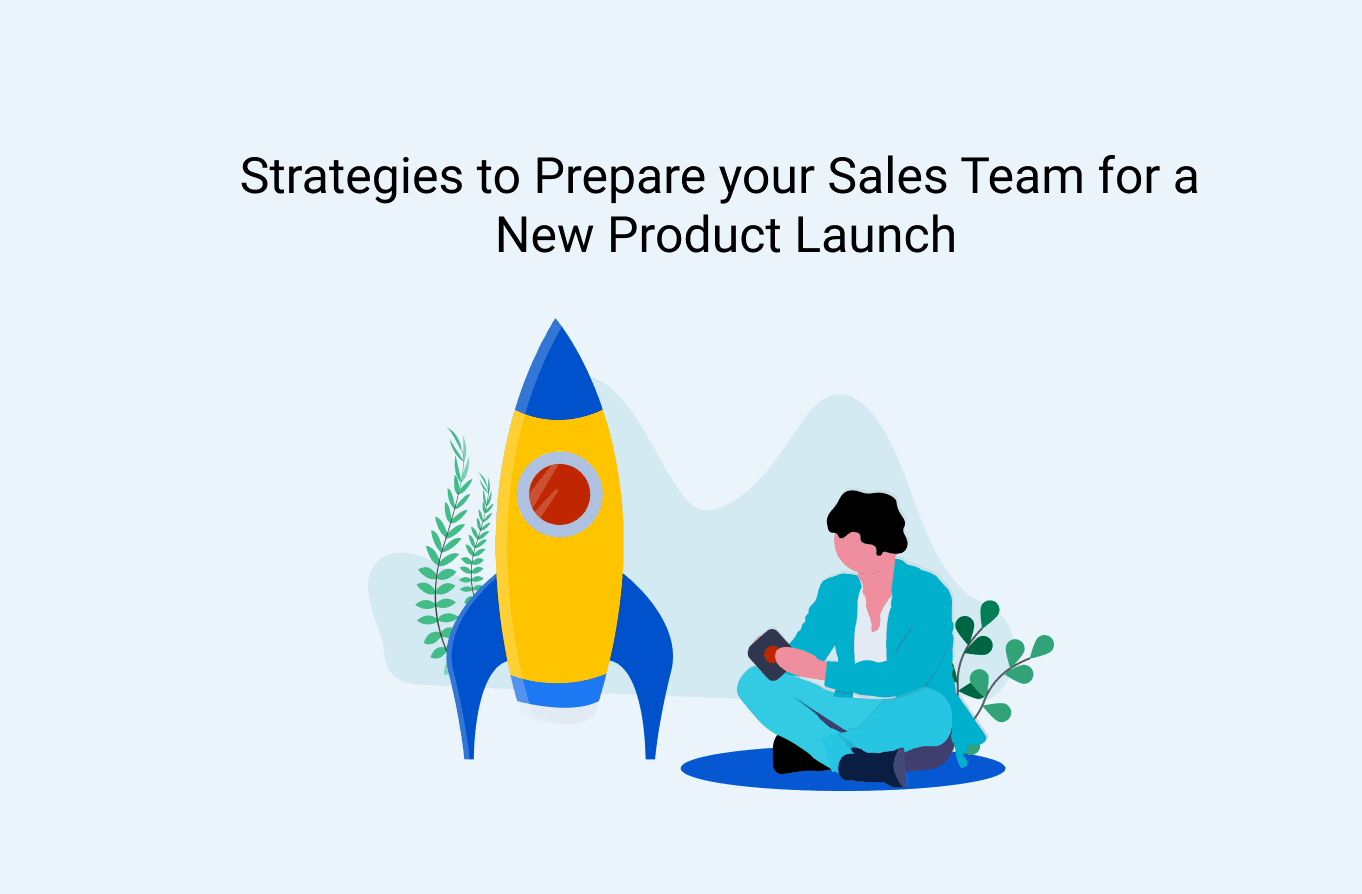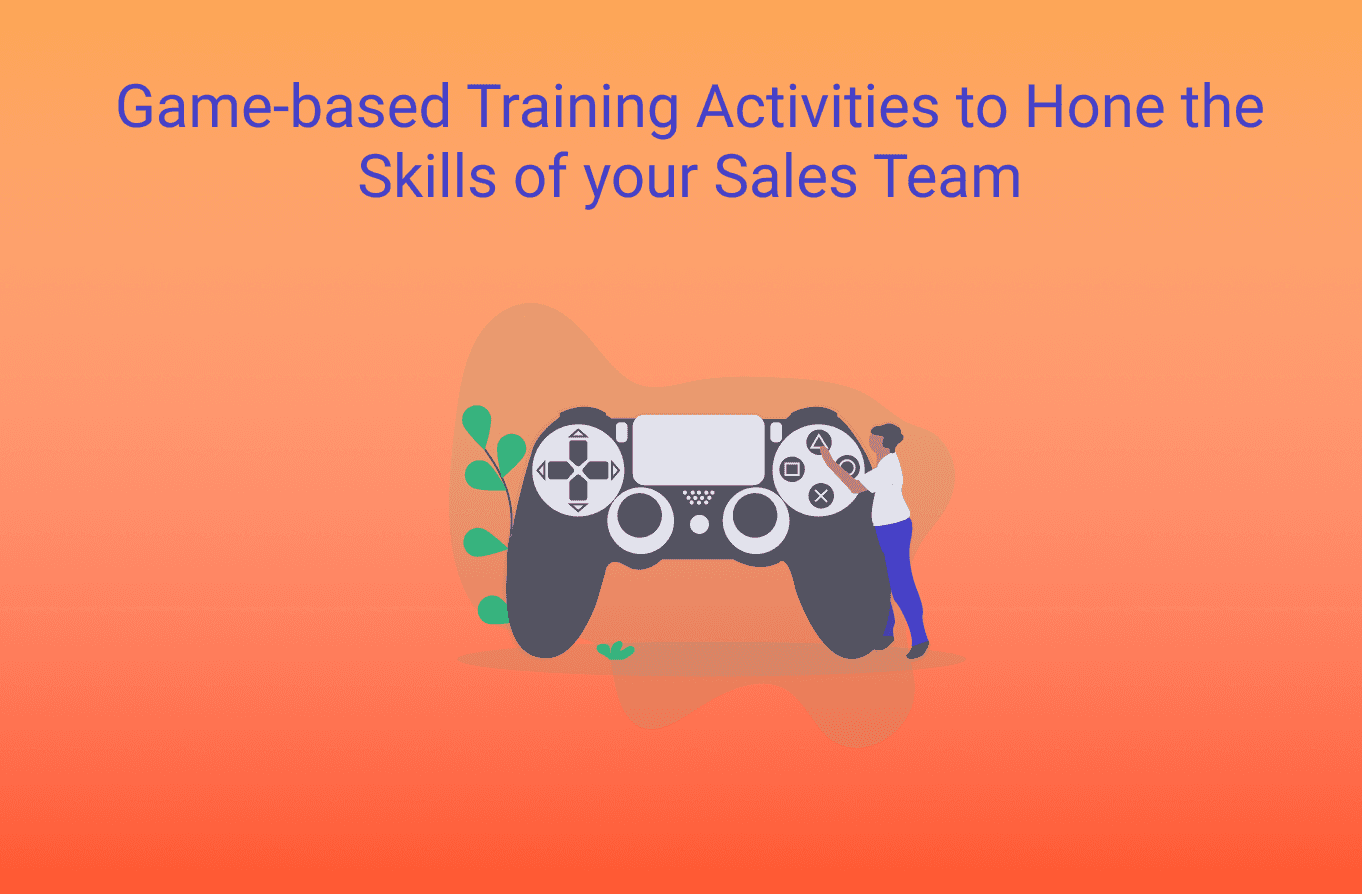It’s been over two years now since we all have been living in this reality of carrying out our work and businesses virtually. In this virtual world, there came about some major transformations in the world of sales and in the mindset of the sellers and the buyers. One of the bothering changes is the development of a divide between the sellers and the buyers due to a lack of in-person connection between both the parties.
Over the last year, a team at LinkedIn has surveyed thousands of sellers, as well as buyers, analysts, and leading voices in sales. From this survey what they’ve found is that– across the world, sales professionals believe that they’re putting their buyers first, but buyers don’t feel that way.
And, according to HubSpot, sellers have increased their email outreach by 59% at the onset of the pandemic as they’ve tried to do their best to adapt to a new model of sales. Yet, buyers’ responses decreased by 25% to 30% compared to the pre-COVID benchmark.
These studies indicate that this moment calls for a new sales model that,
Treats buyers like the modern consumers that they are
Equips sellers to be the trusted advisors that they can be
And gets the buyers and sellers to truly work together
At SmartWinnr, we’re calling this model the “Buyer-First selling”. Buyer First selling places the interests and needs of the buyer at the core of the selling experience. This means the sellers need to always act in service of the buyer’s goals, and for the benefit of the long-term relationship between them and the buyers.
Here is a quote from Mary Shea of Forrester which perfectly describes the current and the future sales trend
“Everything moving forward really needs to be constructed around how the buyer wants to buy versus how we want to sell.”
5 Principles of Buyer-first selling approach
When buyers win, sellers win. Buyer First selling isn’t just a philosophy, it’s a practice. From our research, we’ve uncovered five principles that sellers can incorporate into their sales practice in order to put the buyer-first selling principle into action
1. Learn the customer thoroughly
“56% of decision-makers will consider a brand if the sales professional understands their business needs.”
When LinkedIn asked in its survey about deal-breaker behaviors from sellers, the most common answer from buyers was “not understanding my company and its needs.” With this in mind, sales professionals should be tightly focused on gaining a clear grasp of * What’s happening within a target account * And where the prominent barriers and pain points exist
A Buyer First seller works to understand the buyer’s unique situation and then defines the path that will help them best to achieve their goals, even if it requires
More steps
A different solution
Or walking away from a deal if the product isn’t the right fit.
This means that the sellers need to do their buyer research ahead of the buyer engagement. They need to,
Explore the company’s website and LinkedIn Page
See what employees are sharing on social media
And seek out news about the account via third-party sources (media coverage, press releases, company growth indicators, etc.)
With this basic information in hand, when your sellers engage with a prospect, they can focus on learning more about the buyer’s situation. During their first engagement, encourage your sellers to ask good, pointed questions and employ active listening.
Tell them that the first engagement is really all about the buyer. So, they should get curious about their buyer’s unique situation and learn the nuances of the challenges facing them. Then they can use their expertise to define a solution and the right buying process for them and co-create a path to success, together.
How can sellers implement this principle in action? Sellers should use their first meeting with a potential client as a dedicated learning opportunity. They should focus on gathering information about them and their business without ever pushing your product or service as the solution. And then they should end the meeting by thanking them for their time and promising to get back in touch soon with some helpful insights and resources.
2. Share information readily
“44% of buyers will strongly consider a brand when the rep shares content applicable to their decision-making role.”
The days of sellers as information gatekeepers are over. Modern-day buyers are equipped to conduct much of the purchase research on their own. So sellers should be ready to come with added value that can help the buyers to navigate the complexities of high-stakes decision-making more easily.
Encourage your reps to exercise greater transparency by openly sharing information about your offer. If one of the buyers has already done his research about you, your sellers should,
Share trends, insights, and learnings specific to the buyer’s industry
Make pricing information clear and easy to find
Proactively point buyers to product reviews from other users
And not shy away from acknowledging the strengths of your competitors or the drawbacks of your own solution
This helps in presenting your sales reps as the experts who are committed to adding value.
How can sellers implement this principle in action? Your sellers can create and share with the buyers a presentation package that features all of the information that the buyers want to know. Like,
The product pricing
User reviews
Case studies
And data sheets that honestly compare your solution’s features, functionality, and pricing to other main players in your space
3. Focus on solving not selling
“88% of decision-makers prefer working with sales professionals they perceive as trusted advisors”
Implementing this principle requires a basic shift in your sellers’ mindset. A shift from “How can I use my selling instincts to drive this person toward my offering?” to “How can I use my experience and expertise to help this person solve their most pressing business challenges?”
In some cases, the answer to both these questions might be one and the same. But when sellers presumptively treat them as the same, they’re not exercising a buyer-first approach.
A Buyer First seller measures success in terms of the buyers’ problems solved, as well as the products sold. They work with the buyers to, * Truly solve their problems * Surface new opportunities * And go above and beyond to provide valuable service to the buyers
So, encourage your reps to become advisors by listening to their buyers’ specific challenges and crafting solutions that help them achieve their goals. If they can do this, they can create an immediate impact and a lasting partnership
How can sellers implement this principle in action? If it becomes clear that a solution other than your own product or service will be a better fit for a client — due to their company size, organizational dynamics, specific circumstances, or otherwise — encourage your reps to recommend the alternatives to the client.
4. Deliver Value
“29% of decision-makers crave more value from the thought leadership they read.”
The time and consideration of decision-makers is a valuable commodity. To earn this, sellers should aim to provide real value from their end– both up-front and throughout the buyer’s journey.
This practice can take many forms. Like,
Sharing impactful thought leadership content pertinent to their role
Offering demos and trials with no strings attached
Staying engaged with the buyer after the deal is signed
Ensuring that the buyer is happy with how the solution is working
And follow up with updates relevant to their business
It’s critical to see the relationship through, long after a deal is signed, to ensure that the buyer is seeing maximum value from your solution. A Buyer First seller doesn’t see a sale as the end of a buying cycle. Instead, he sees it as the beginning of the next buying cycle and a mutually beneficial relationship
How can sellers implement this principle in action? Sellers should regularly stay in touch with the buyers throughout the buying process and even after they make a purchase. They should regularly check to see,
If the implementation is going smoothly
And if they’re able to successfully tap into the benefits that the sellers pitched them on
The sellers should also continue to provide resources that enable the buyers to get the most out of your solution.
5. Earn Trust
“35% of decision-makers rank trust as the top contributor in closing a deal—above ROI or price.”
Ultimately, this is the name of the game, and each of the four principles cited above contribute to this. Your sellers can earn trust by consistently acting in the buyer’s best interest, in ways that are evident and authentic.
So, encourage your sellers to act in the buyer’s interest throughout their journey by investing in the long term, even if it means short-term sacrifices. Encourage them to
Share their thought leadership,
Engage with the buyers consistently
And form new relationships within their circle
This will help them build trusted and true partnerships with the buyers that span careers.
How can sellers implement this principle in action? The sellers can,
Make connections with the important people in the buyer’s network
Share engaging content with them from time-to-time
And, if needed, refer the buyer to someone in their network whom they think will be a beneficial contact for the buyer and their future professional success
Learn about the common buyer personas that your salespeople usually come across and how can you train your sales reps to sell to them
The 6 Buyer Personas and how to train your team to sell to them
Learn all about MQL and SQL. What are they and how do they differ?
MQL vs SQL: What are they and How do They Differ?
Learn how puppy dog close technique can help your reps close more number of deals
The Puppy Dog Close Technique: Let your customers experience your brand personally


